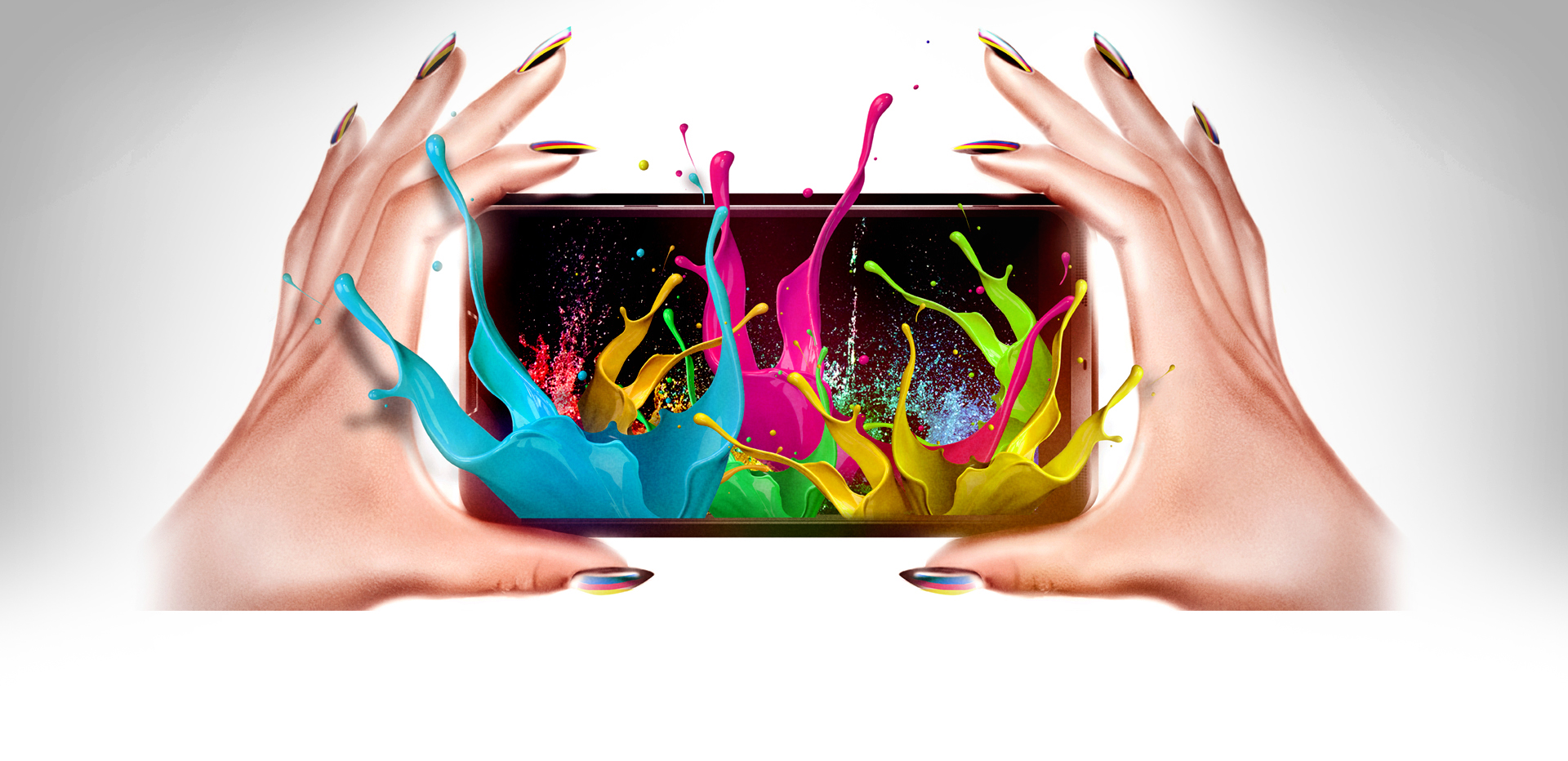
Don't print at all: go digital and use an alternative to printing where possible as this will drastically reduce the environmental impacts of your product.Use an eco friendly printer: ask your printer what they're doing to reduce their environmental impacts – a good printer should be reducing waste.

Request VOC-free inks: reducing the demand and choosing VOC-free alternatives can really make a difference to the amount of VOCs emitted.Make it thinner: does it have to be on thick heavy-duty card, or can you get away with a lower GSM and still deliver a quality product?.
Webdesign graphics Pc#
Use PC (post-consumer) recycled: choose paper with the highest percentage of recycled content available.Look for certification: there are several certifying bodies that provide a tick of approval for paper stock from environmentally friendly sources.
Webdesign graphics free#
Make it chlorine free: request paper that has been bleached using either Totally Chlorine Free bleaching (TCF), or Process Chlorine Free bleaching (PCF).Don't bleed to the edges: by simply leaving a white border around your design, you can reduce ink waste and allow for more paper to be recycled.Give it a second life: give your product a second chance at life so that it reduces the possibility of ending up in landfill.Fill the white up: by reducing the amount of white space in a document, you can reduce the amount of paper needed to produce it.Rightsize it: by optimising rather than oversizing the job, you reduce the demand for paper to be produced.Do more with less: be innovative in downsizing – go for originality rather than size, whether it's a retro self-folding envelope or tiny business cards.There are a number of ways you can design graphics in a way that considers the environment. Tips for sustainable web and graphic design Try switching a proportion of your electricity to green power – even if it's only 20 per cent – to reduce your carbon footprint. However, computers eat up large amounts of energy and contribute to climate change. Graphic designers rely on their computers for work. This is also true of web pages that run onto two or more pages when printed and waste paper.Īnother key issue with web design and development is the energy required to operate internet and IT servers. While techniques such as white text on a black background facilitate onscreen reading and reduces a computer's power consumption, it wastes huge amounts of ink when printed. Design for the webĪs a web designer, it's important to consider what happens to the design if it's printed. Be sure to ask about how a printing service deals with their waste, and what measures they take to reduce their air and water emissions before selecting a printing service. Printing companies who've considered their emissions will have some form of environmental accreditation or management system in place. PrintingĪ significant concern with printers is their emissions to air, water and the solid waste that's produced.

During printing, waste ink is produced through colour changes, press cleaning and poor ink management.

Some inks contain toxic heavy metals such as lead, cadmium and barium, which can pose major health and environmental risks if they find their way into the natural environment. Many printing inks and solvents contain volatile organic compounds (VOCs) that contribute to climate change – and once VOCs are emitted and mixed with vehicle exhaust, they can form photochemical smog. Inks and solvents can contain pollutants and create emissions that contribute to environmental pollution. Once the trees are cut down they're turned into chipping, then transported, pulped, bleached and finally manufactured into paper.Įach of these stages uses valuable resources, and releases pollutants such as Volatile Organic Compounds (VOCs) and greenhouse gases into the environment. The life cycle of paper starts before the felling of trees for pulp – the steel and fuel required for machines comes from other industries that have their own environmental impacts. With a shift towards electronic file management and cloud computing, paper products still remain an important commodity in today's society. The size, shape, colour, printing style and paper stock choices made by a designer will ultimately determine the size of the ecological footprint.īy making informed decisions, designers can reduce their environmental impact, resulting in less greenhouse gas emissions and a more efficient use of natural resources. Designers make decisions that 'lock-in' potential environmental impacts associated with the life cycle of their designs.Įco design is a way of minimising the impacts of graphic design on the environment. The graphic design industry relies on a number of resources, such as energy, water, paper, inks, solvents and packaging. Reduce your environmental impacts of graphic design


 0 kommentar(er)
0 kommentar(er)
